BLM chief outlines restoration, conservation efforts and economic benefits
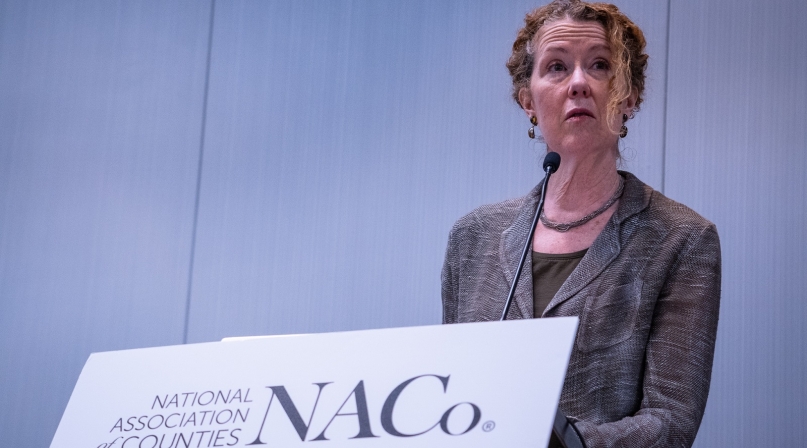
Key Takeaways
In her first in-person remarks since being confirmed director of the Bureau of Land Management, Tracy Stone-Manning laid out her priorities for the BLM Feb. 12 to NACo’s Public Lands Steering Committee.
She led with the transformative effect she sees the Infrastructure Investment and Jobs Act having on public lands counties.
“It’s a once-in-a-generation investment that will come to every corner of America, [touching restoration], commercial development and the climate crisis while creating good-paying jobs, advancing environmental justice and boosting local economies by delivering really long-awaited investments,” she said.
Efforts to limit and mitigate the damages caused by “orphaned” oil and gas wells, abandoned by defunct companies, will get help from $1.1 billion on its way to states, with $4 billion total allocated over 10 years.
“Millions of Americans across the country live within a mile of an orphaned oil or gas well,” Stone-Manning said.
“They’re polluting our backyards, recreation areas and public spaces across the country,” she said. “The historic investments to clean up these hazardous sites will create good-paying jobs, catalyze economic growth and revitalization and reduce dangerous methane emissions.”
To address wildfire risk resulting from drought, the Bipartisan Infrastructure Law provides $4.5 billion over five years. In 2022, the Interior Department will invest $407 million in wildfire management and $900 million to restore wildlife and ecological habitat.
“Of course, there’s a seat at the table for county governments,” Stone-Manning said. “We can put [Good Neighbor Authority] to use for our land and communities in this bill.”
She pitched the America the Beautiful initiative to an audience that has voiced skepticism of the 10-year nationwide voluntary campaign aimed at conserving and restoring 30 percent of the country’s land and water by 2030, with efforts from several federal agencies.
“We’ve all seen what this looks like — voluntary conservation programs on working lands that not only increase ecological health, but at the same time raise the bottom line for the producer,” she said. “Forest restoration that fixes fish habitat but also delivers cold water downstream. Wetland restoration that brings marshes back to life, as well as their natural ability to filter clean water.”
The Interior Department is working on the American Conservation and Stewardship Atlas to measure and create a baseline to build on conservation and restoration efforts. The BLM will accept written feedback through March 7 and the first edition will be published at the end of 2022.
In other BLM-related news:
- Grazing costs will not increase in 2022.
- The agency will pursue outcome-based grazing policies, which will welcome more collaboration from and offer more flexibility to livestock operators.
- The agency will gather a record number of wild horses and burros from overpopulated herds and double fertility control treatments.
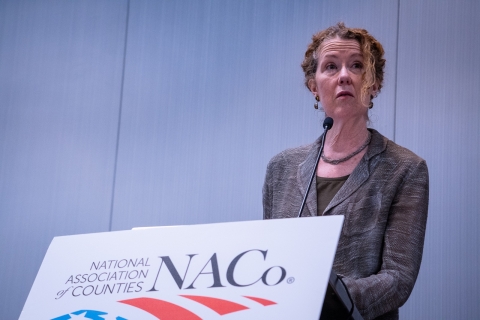
Attachments
Related News
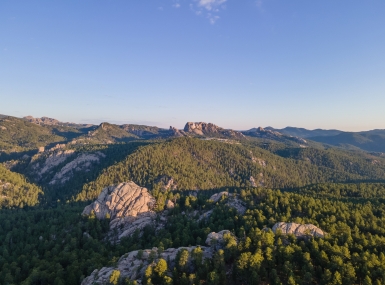
Podcast: Talking with Public Lands County Leaders, Part VII
The County News Podcast resumes our series on public lands county issues with two guests: Pennington County, S.D. Commissioner Gary Drewes and Curry County, N.M. Commissioner Seth Martin.
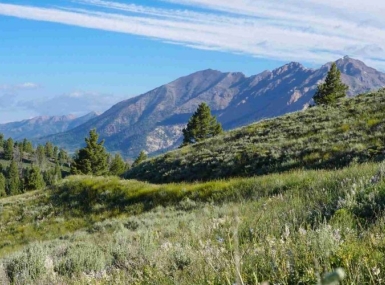
Senate lawmakers introduce bipartisan legislation to support public lands counties
On August 4, U.S. Sens. Catherine Cortez Masto (D-Nev.), Steve Daines (R-Mont.) and Adam Schiff (D-Calif.) introduced the More Opportunities for Rural Economies (MORE) Grants Package.
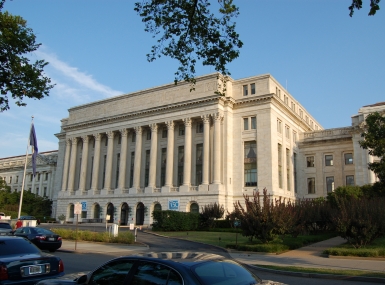
U.S. Department of Agriculture announces reorganization
On July 24, U.S. Secretary of Agriculture Brooke Rollins announced a major reorganization of the U.S. Department of Agriculture (USDA) that will relocate thousands of federal employees, restructure regional offices and consolidate administrative services and operations. The changes are expected to reduce USDA’s footprint in Washington, D.C. and shift more personnel to regional hubs across the country.
